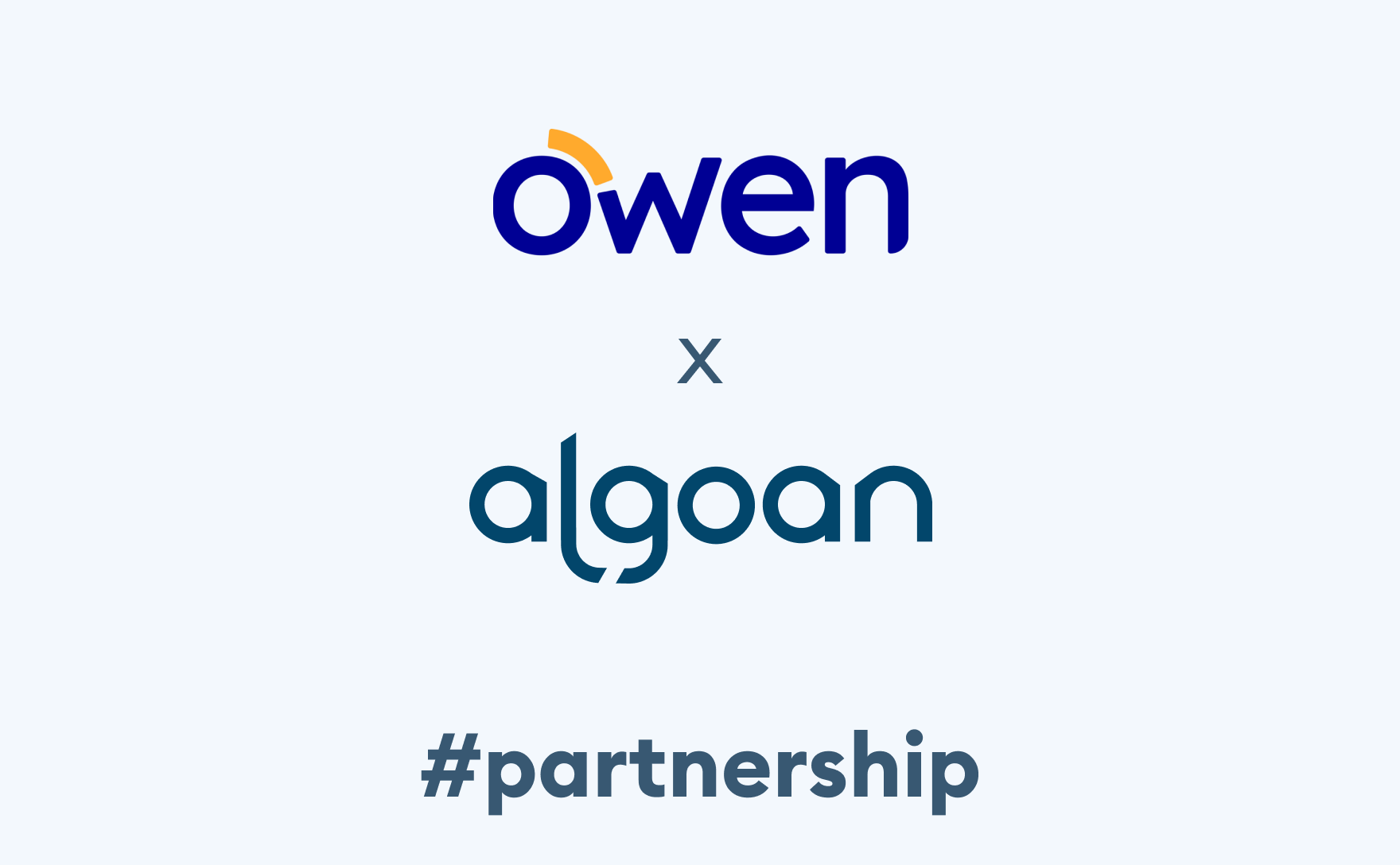How will Open Banking fare in 2021?

January 13, 2018. The second Payment Services Directive (PSD2) comes into force. A revolution for the financial world, which then enters the era of Open Banking: from now on, anyone who consents can transmit their banking information securely to access certain financial services. In the world of credit, new, more effective credit risk assessment tools began to emerge. This was the beginning of the Open Banking "revolution".
Three years on, where do we stand? After the first use cases, which appeared in 2018 and 2019, then their strong acceleration in 2020, driven by the entire credit sector and boosted by a Covid-19 crisis that quickly turned into a risk crisis, what assessment can we make of Open Banking in 2021?
Open Banking in credit: has the "revolution" taken place?
As we enter 2021, it's clear that Open Banking is becoming a major trend, completely reshuffling the deck in the world of credit. We're witnessing a veritable paradigm shift: where previously, risk assessment was based exclusively on static, largely declarative socio-demographic and budgetary data, Open Banking offers recent, reliable information on the borrower's budgetary situation and financial behavior (three months of banking history). The result: reduced risk-taking for the lender, and an increase in the number of loans granted to loan applicants.
The Covid-19 crisis confirmed the relevance and soundness of this new model. In a context where a large number of households are experiencing income declines that are difficult to predict using traditional criteria, socio-demographic criteria, usually used to assess the risk profile of borrowers, are becoming less reliable information. This is where the analysis of an individual's financial behavior comes into its own, as Open Banking makes it possible to assess resilience to a situation of financial stress more accurately and virtually in real time.
What's more, since Q2 2020, credit players have been facing a wave of risk on their loan portfolios - the proportion of risky profiles quadrupled in Q2 2020 compared with Q1 - with a significant increase in the number of delinquencies and requests for deferrals. Against this backdrop, Open Banking data appears more salutary than ever, as it enables financial institutions to continue lending without exposing themselves to excessive risk, thanks to more powerful analysis tools.
Adoption: where do we stand?
While many institutions initially greeted this paradigm shift with suspicion and reluctance, the time has now come for adoption. For Paul Peyré, co-founder of Algoan and Chief Risk & Data Officer, " Today,we're preaching to the ch oir.Banks have understood the benefits of Open Banking, but sometimes don't know how to go about implementing it. The Covid 19 crisis has had an impact: by accelerating the digital transformation of banks, it has de facto created the conditions for the growing adoption of Open Banking. Regulation, which remains one of the main obstacles to the deployment of Open Banking, also seems set to evolve in a favorable direction: the European Banking Authority has paved the way by recently announcing sanctions against national banking players who fail to open up their APIs to Open Banking. This will undoubtedly soften the approach of financial institutions' legal and compliance departments, which are still too often cautious on the subject of data openness.
The situation is also evolving on the user side. While Open Banking still raises questions, hesitations and reticence, adoption rates have risen sharply since the first use cases in 2018-2019. Adoption of Algoan solutions now ranges from 10% to 50%, and rose sharply last spring. This rise can be explained by a profound and lasting change in digital behavior, linked to the Covid-19 crisis. To win users' trust once and for all, Open Banking will have to rely on impeccable customer paths and ever greater educational efforts. In particular, it is crucial to highlight the advantages of the concept - simplicity, immediacy, reactivity (right up to the disbursement of funds) - and to provide reassurance about the security of the processes used, the quality of the assessment carried out, and the uncompromising protection of personal data and privacy.
In just 3 years, Open Banking has made its mark on the French financial landscape, winning over more and more credit providers. There's every reason to believe that this trend will continue over the next few years, and that Open Banking will become a market standard, given the multiple benefits it offers. In 2021, the question will no longer be whether Open Banking will succeed in conquering the financial sector, but rather... what the pace of this transformation will be!
You may also be interested in
A project? A question?
Looking to change the way you make credit decisions? Let's talk!



